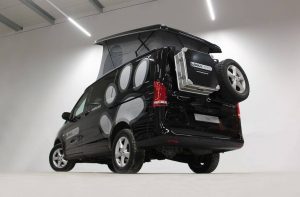During a cold time, getting your ATV engine to start can prove annoying. Of course, that’s the time we need our vehicle to start the quickest, other than during a heatwave.
If your vehicle has a carburetor, then you have a choke. You may have heard of a choke before and noticed your machine has one.
But how does a choke work?
By preventing some air from entering the carburetor, an ATV choke prevents the fuel from mixing with the air.
Cold engines benefit from having a richer air/fuel mixture entering their combustion chambers when the choke is engaged, making it easier for them to start and continue running.
Here, we’ll tell you how an ATV choke works when you use it, and some common problems you could have when using an ATV choke.
Table of Contents
What does a choke do?

A choke, as previously established, keeps air from mixing with the gasoline, ensuring a smooth start and operation of the engine.
A choke can only be found on a carbureted engine’s carburetor.
Fast idle or idle advance, which seems like a choke lever, is the result of a fuel-injected engine. It does the same thing as a choke but in a different method.
What’s the Difference Between Enricher and Choke?
The enricher is another item that many people mistake for a choke. Carburetor engines are more likely to have this feature, which works in the same way as a “rapid idle” in theory.
As a result, the functions of a choke, an idle advance, and an enricher are nearly identical. On a cold day, it may be necessary to use the choke to get the engine up and running.
To prevent a lot of air from entering and mixing with the fuel, you must turn the choke in the on position.
How Do Idle Advances Work?
A choke serves the same purpose as an idle advance, which is more commonly found on fuel-injected engines.
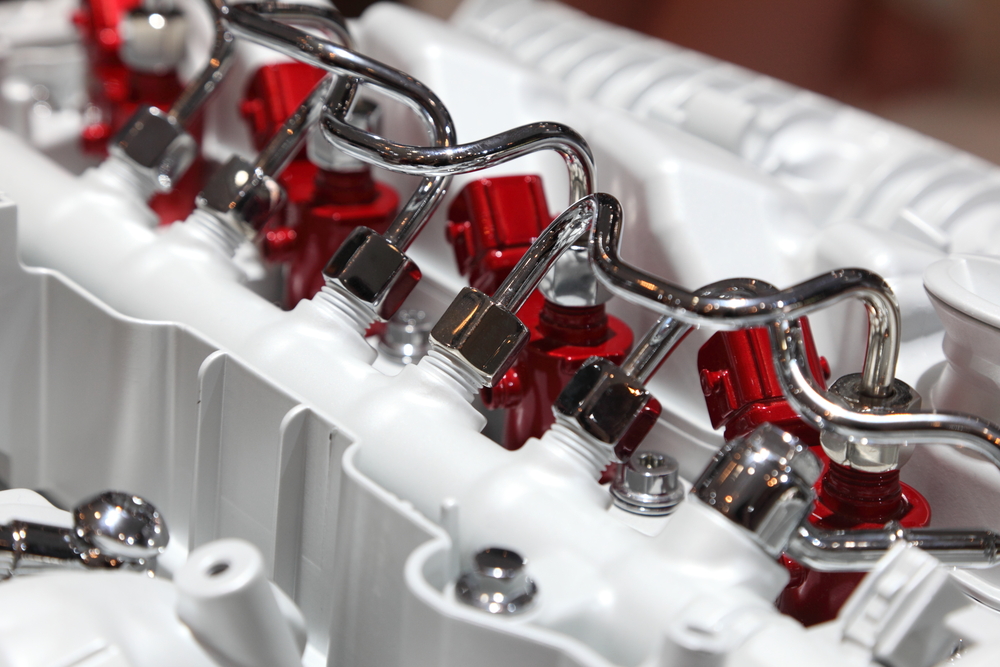
When the engine is cold, you’ll use it to get it going. A choke, on the other hand, restricts airflow by restricting the amount of air that can enter the engine.
Even if this doesn’t improve the air/fuel ratio, it still aids in cold-starting engines.
Understanding the Role of an Enricher
Carburetors have an enricher, which functions in the same way as an idle advance. Cold engine start-up is made easier by the addition of fuel to the air/fuel mixture.
Because the enricher is attached to the carburetor, many people mistake it for a choke.
ATV Choke Instructions
Using an ATV choke to start a cold engine is the best application for it. The engine can run for a longer period because it has a higher fuel-to-air ratio.
There is no need for additional fuel after the engine has warmed up.
As long as the choke is on, you shouldn’t ride or rev the ATV. Before you can ride, you need to wait for the engine to warm up and turn off the choke.
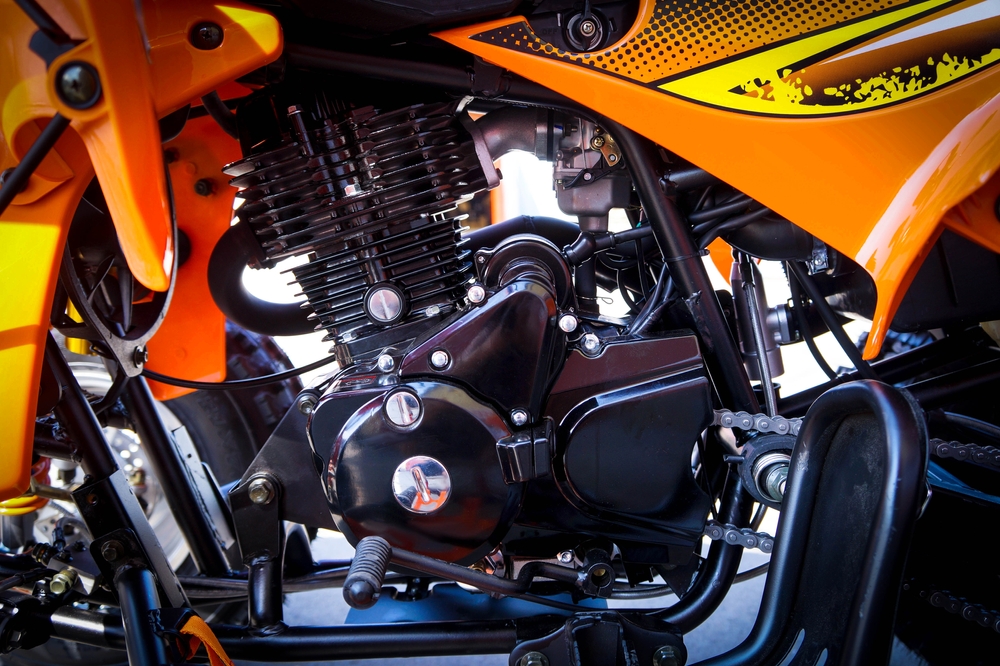
ATV Chokes Come in a Variety of Styles
ATV chokes come in four basic varieties. Plunger, lever, handle, and switch styles are all types of switches.
Handle Type of Choke
If your bike has a handle-type choke, you’ll typically find it on the left side of the handlebars. The handle-style choke is normally operated by pushing it to the left.
Push the lever on the handle to the right to activate the choke. As soon as the engine has warmed up, turn the handle lever to the left once more.
Lever-operated Choke
If you’re driving normally, keep the choke lever pushed down. Lift the choke lever to turn it on when you’re trying to start a cold engine.
Return the lever to the down position once the engine has warmed up.
A Plunger Style Choke
In most machines, the plunger-type choke is located on the side or near the fuel shutoff valve.
Plunger-type chokes will be completely suppressed during normal operation (all the way in).
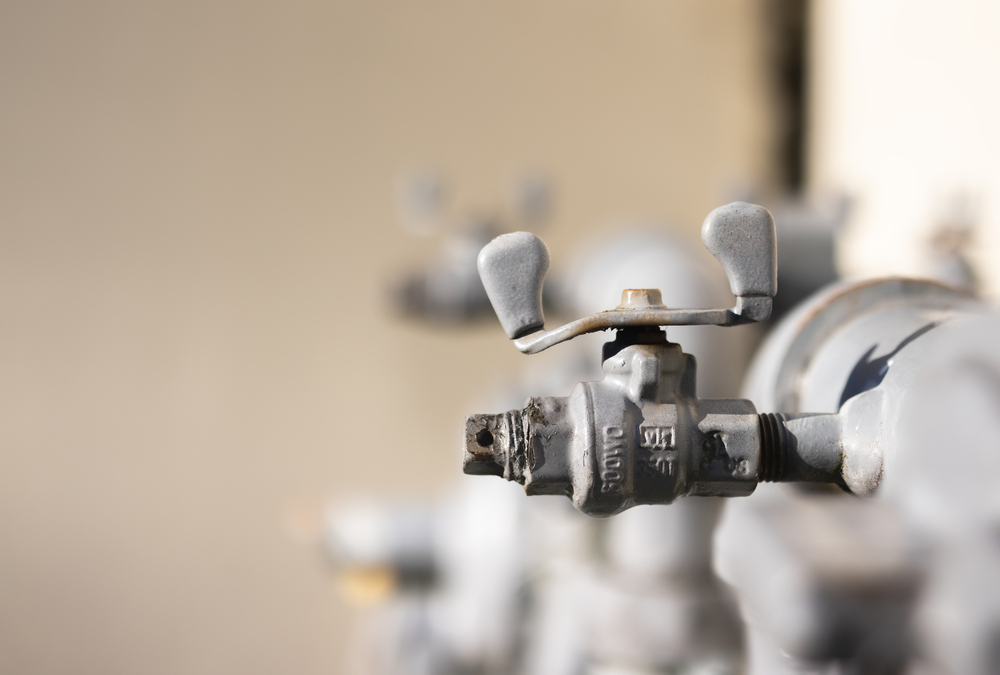
Plunger chokes can be opened with a simple pull of the handle. Push the plunger back once the engine is warmed up.
Switch Type Choke
The gasoline shutoff valve on the gas tank or the machine’s side is common, and the switch-type choke will lie flat during normal operation.
To start a cold engine, raise the choke switch 90 degrees from its starting position before pulling it up.
The switch should be put back in its original position once the engine has warmed up fully.
What Are Some Common ATV Choke Issues?
In this section, we’ll address some of the most often asked questions about ATV Chokes. There may not be a straightforward fix for all of these, but perhaps we can give you some direction.
Why Won’t the ATV Choke Stay On?
This is a common problem, to be honest. It’s when you open the choke, and it slides back a little bit after you pull it.
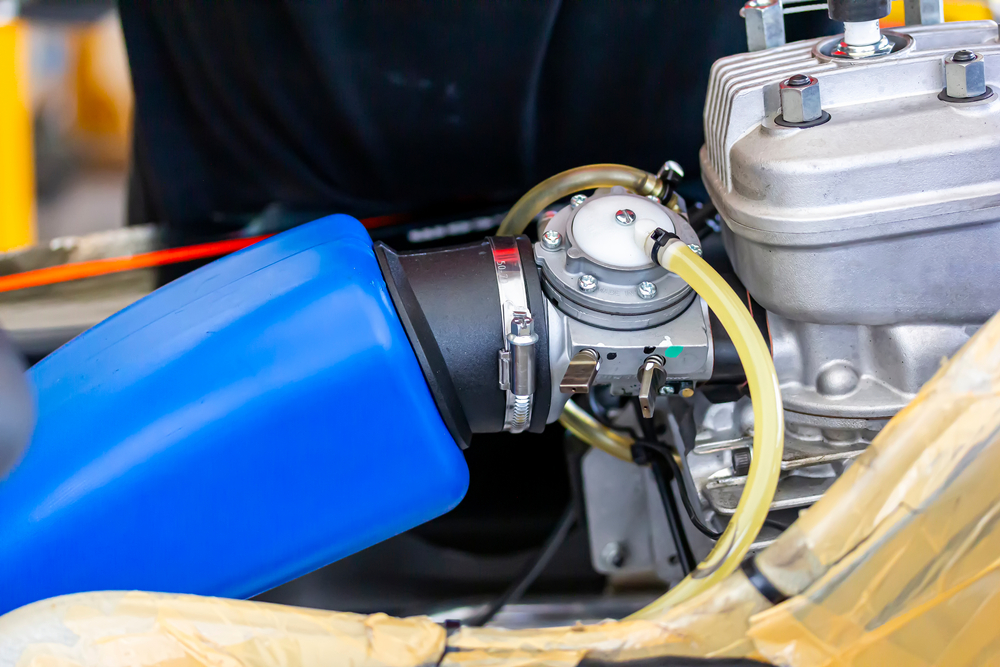
As a result, the choke is either just partially activated or disengaged.
Even though you could hold it in place by yourself, no one wants to do it. A loose choke cap is the most prevalent cause of this.
As a result, the choke tube’s small grips, which apply pressure to the tube, lose their ability to grip and hold on.
It’s as simple as pulling back on the rubber gasket that covers the choke tube beneath the throttle plunger.
You’ll notice a difference if you tighten it up a little.
Why Does the ATV Only Run When the Choke Switch is on?
All of this points to a carburetor issue. Yes, you should try adjusting your idle screw first. Every time you remove the choke, your engine will die because the idle screw is set too low.
You may need to thoroughly clean your carburetor. The needle jet/pilot jet, in particular, should be thoroughly cleaned and inspected.
In many cases, old gas has built up in the floating bowl and causes this problem.
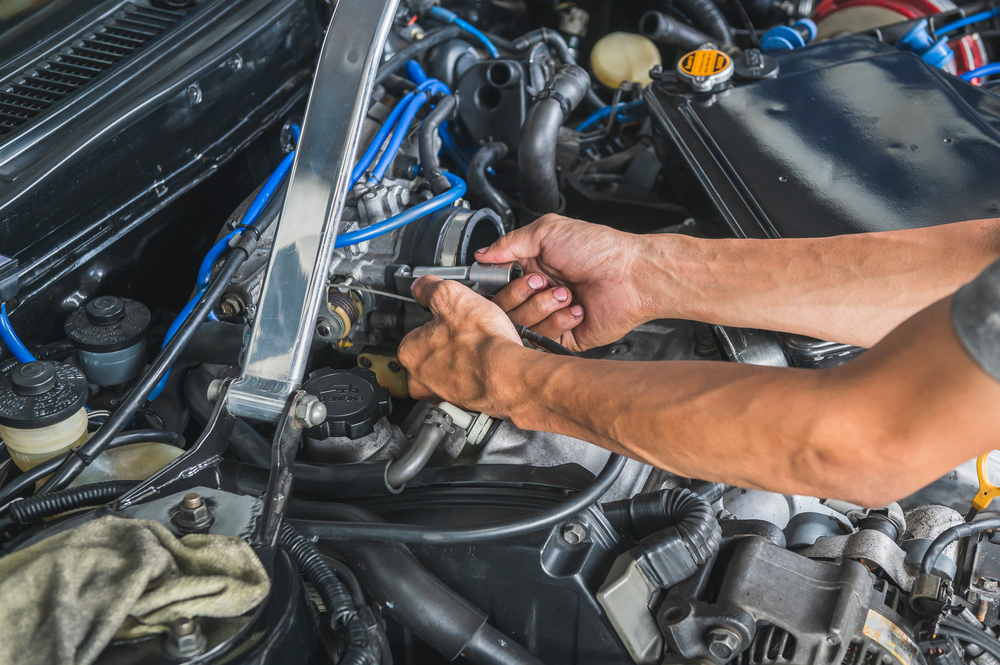
Carburetor clogs are common because of debris in the gas or old gas clogging the system. A new choke and choke cable might be required on your machine if none of the other suggestions were helpful to you.
In most cases, this is not the case.
With a Choke on, Can I Ride My ATV?
Starting your engine from a cold start is made easier with a small amount of throttle. As long as the choke is on, some ATVs perform better.
Reasons You Shouldn’t Ride with the Choke on:
- The engine might run rich
- It could cause backfiring
- The valves get charred
- The cylinder gets washed
- Oil gets diluted
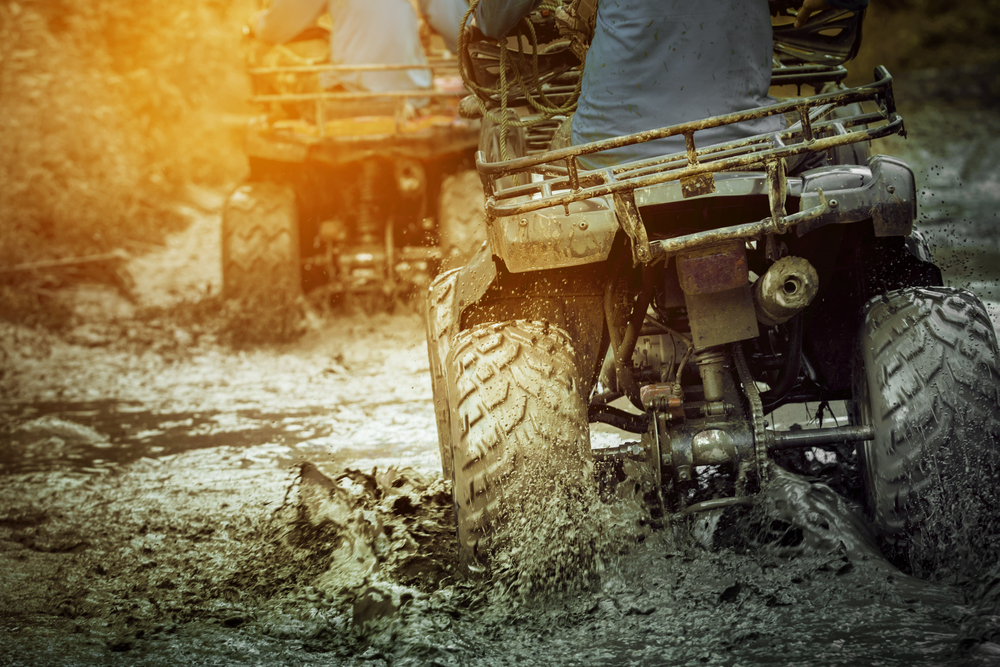
The Engine Might Run Rich
Your carburetor’s job is to precisely blend gas and air at a 14.7 oxygen to 1 gas ratio. Ideally, you want to have this ratio in your system.
In terms of power output and burn time, this is the best combination. Known as stoichiometric, it’s a type of measurement.
Changing this formula affects the performance of your engine and the handling of your bike.
Your choke lever, as you are aware, allows more gas into the engine while it is cold, which is ideal.
For this reason, additional gas (choke) is required to start a cold engine since cold air contains more oxygen than warm air.
As a result, the ratio is now closer to stoichiometric proportions.
You may notice that your engine is running rich if the choke is still on as the engine warms up, and oxygen levels return to normal.
As well as making your vehicle less efficient, a rich engine has other detrimental implications.
Some of them could be serious, and we’ll go into more information about them in the next sections.
Oil Gets Diluted
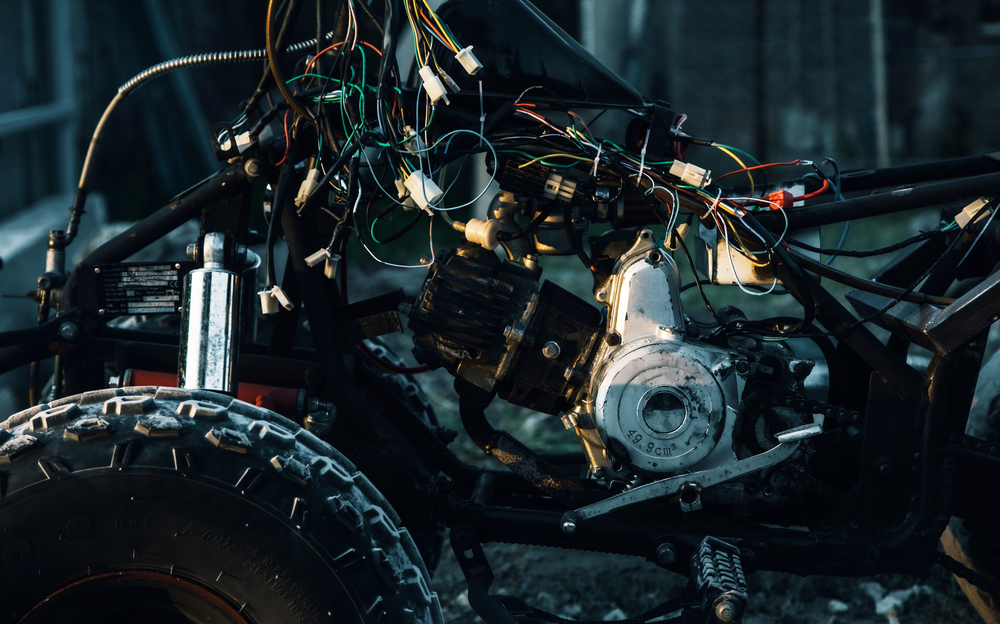
The gas is harder to burn in a well-oiled engine. Excess gas instead enters the crankcase, where it thins oil.
Dilution reduces the amount of oil that may be used to coat, cool, and protect engine components.
When using diluted oil, there is a serious risk of engine seizure.
The Cylinder Gets Washed
Unburned gas in the combustion chamber travels to the crankcase, but it must first pass through the piston and rings.
The protective oil coating on the cylinder wall is washed away as it does so.
To keep the rings lubricated and cold, the oil coat must be applied to the cylinder wall. Cylinder damage and premature cylinder wear can occur if the cylinder is not properly cleaned.
The Valves Get Burned
During normal operation, your engine’s valves are kept open to allow fuel to enter and exhaust gases to escape.
When closed, they form a virtually impenetrable seal. Fuel that has not been burned and hasn’t gotten into the crankcase is ejected through the exhaust valve.
The valve and seat are eroded by the persistent flow of gas.
Engine compression drops as a result of a bad seal created by a worn valve face. A new valve will be the sole solution.
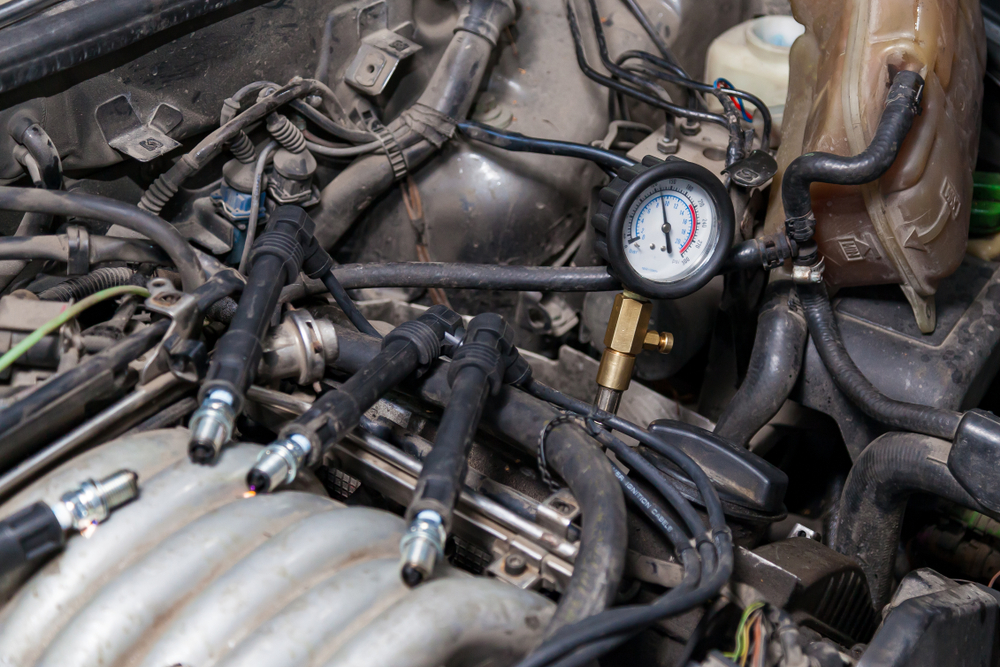
It Could Cause Backfiring
The sound of your bike’s exhaust backfiring is a raucous bang. The unburned excess gas in the cylinder ignites the heated manifold or exhaust pipe when it is forced out of the exhaust valve (as previously indicated).
Your motor can be damaged if you keep backfiring regularly. Inside the combustion chamber, explosions are engineered to occur.
If the root reason isn’t addressed, exhaust and valve and exhaust damage is a common occurrence.
Without a choke, the engine won’t start. A common problem is an engine that won’t start if the main problem isn’t addressed.
When the Engine Needs to Choke to Function
If the choke has to stay on partially to have the engine function it means there’s a gas deficiency.
The choke supplies gas and that’s why it runs better when using the choke. Even if your bike does need more gas, it’s an inaccurate solution that might lead to other issues if it’s applied in the wrong amount.
Your carburetor is most likely partially clogged, which is the core cause of the problem. Your carburetor isn’t a complicated machine, but it’s still a precision tool.
Even a small amount of grit can obstruct critical fuel tubes or orifices. Your carburetor uses hollowed-out brass screws having highly precise holes to add just the proper amount of gas for a certain throttle demand.
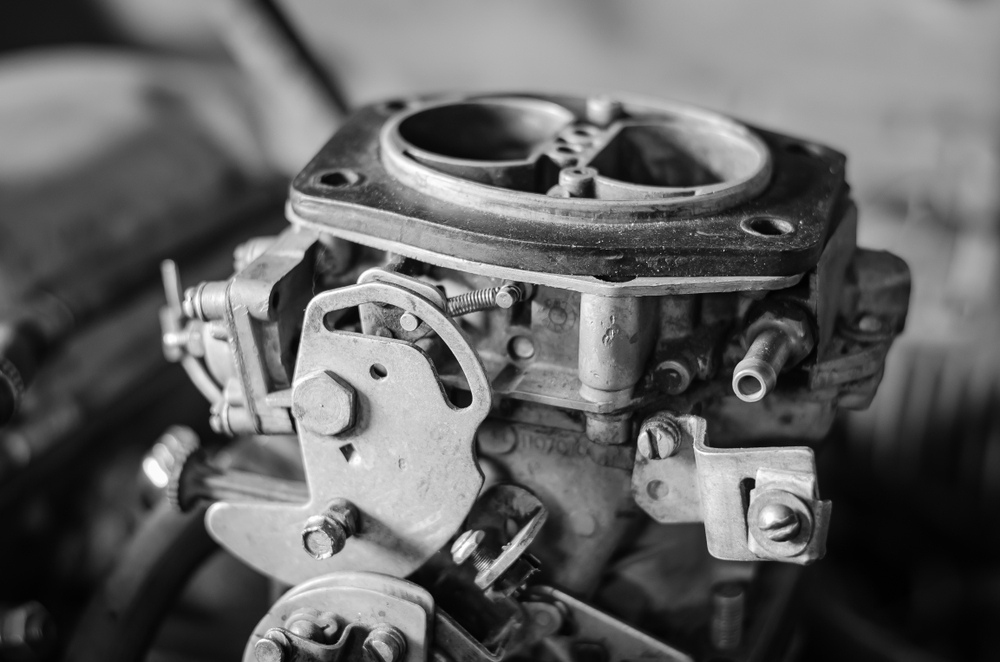
So, as you can see, a choke is a valuable part of any ATV and can impact how quickly the engine starts up.
We hope we’ve covered any of your questions about chokes and their potential issues here so that you can enjoy getting out and about on your ATV this summer!











